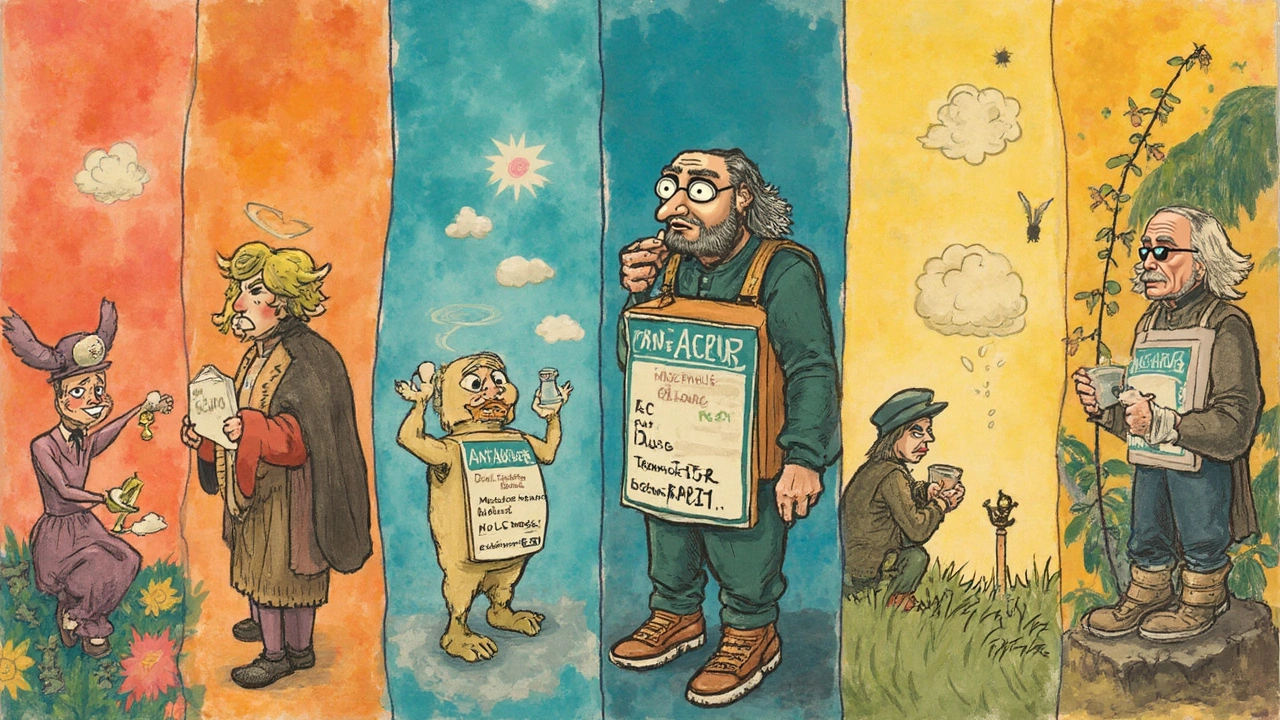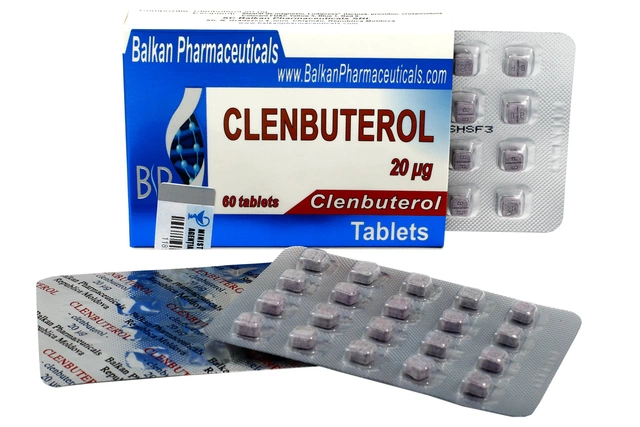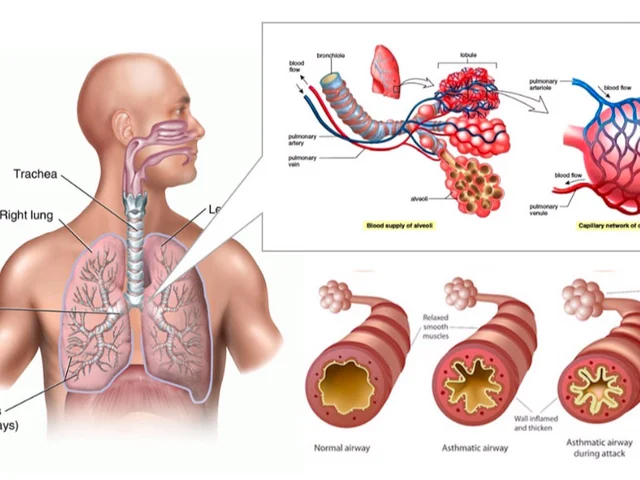Exploring alternatives to Antabuse can open doors to other effective treatments for tackling alcohol use disorder. While Antabuse is a well-known option, it's important to consider other medications that might better suit individual needs and lifestyles. This guide delves into several alternatives, presenting their advantages and disadvantages, so those on the sobriety journey can make informed decisions. Whether you're seeking an option with fewer side effects or one that better fits a unique lifestyle, understanding these alternatives is vital.
Naltrexone
Naltrexone stands out as a compelling alternative to Antabuse in treating alcohol use disorder. Introduced initially to counter opioid addiction, it has gained recognition for its role in reducing alcohol cravings and consumption. Unlike Antabuse, which deters drinking through physical discomfort, Naltrexone works by blocking the euphoric effects and pleasurable sensations associated with alcohol.
Its mechanism involves antagonizing opioid receptors, which plays a crucial role in the brain's reward system. This action can significantly attenuate the reinforcement of alcohol consumption, making it easier for individuals to resist the urge to drink. Available in both daily oral form and a monthly injectable (known as Vivitrol), Naltrexone offers flexible administration to suit different patient needs.
Pros
- Proven effectiveness in reducing alcohol cravings and relapse rates.
- Available in both oral and injectable forms, accommodating patient preferences.
- Does not cause adverse reactions if alcohol is consumed, unlike Antabuse.
Cons
- May cause liver toxicity, thus requiring liver function monitoring.
- Not suitable for those currently using opioids due to its opioid-blocking properties.
- Possible side effects include nausea, headache, and dizziness.
Additional Insights
The success of Naltrexone in alcohol use disorder treatment is supported by clinical trials. One study reports that patients on Naltrexone experienced a 25% higher rate of achieving abstinence over placebo. To illustrate, here's a comparison of relapse rate reductions:
| Group | Relapse Rate Reduction |
|---|---|
| Naltrexone | 35% |
| Placebo | 10% |
When used in conjunction with psychosocial support or therapy, Naltrexone can enhance recovery outcomes. Hence, it's often part of a comprehensive treatment plan tailored to individuals on their journey to sobriety.
Acamprosate
Acamprosate is a noteworthy alternative to Antabuse, especially for individuals seeking to manage alcohol dependency. Marketed under the brand name Campral, Acamprosate is a medication intended to support the maintenance of abstinence in people who have already stopped drinking. Unlike treatments that deter alcohol use through adverse reactions, Acamprosate works by stabilizing the chemical balance within the brain that alcohol may have disrupted.
Pros
- Reduces Cravings: Unlike other medications which focus on managing withdrawal symptoms, Acamprosate specifically targets the brain’s craving mechanisms which can be a significant barrier to maintaining sobriety.
- Non-Habit Forming: As a major advantage, Acamprosate is not addictive, making it safer for long-term use compared to some alternatives which may have abuse potential.
- Minimal Side Effects: Generally, the side effects of Acamprosate are mild and may include diarrhea or gastrointestinal discomfort. This makes it a preferable option for those sensitive to medication side effects.
Cons
- Delayed Onset: Acamprosate can take about five to eight days to reach effective levels in the system, which means it’s not ideal for dealing with immediate withdrawal symptoms.
- Adherence Required: The medication requires adherence to a three-times-a-day dosing schedule, which can be difficult for some individuals to maintain, potentially impacting its effectiveness.
- Not for Everybody: People with severe kidney impairment are generally advised against using Acamprosate due to possible accumulation and toxicity.
For those seeking a treatment focused on minimizing cravings and improving their chances of remaining abstinent, Acamprosate offers an effective option in managing alcohol use disorder. Its unique approach to brain chemical stabilization places it as a viable choice for long-term treatment strategies.
Topiramate
Topiramate is a medication primarily used to treat epilepsy and migraine headaches, but its off-label use has gained attention for aiding in alcohol dependency treatment. Researchers have long been intrigued by its dual action on the brain's neurotransmitters, which helps reduce cravings and dampen the rewarding effects of alcohol consumption. The versatility it offers makes it a notable alternative to conventional Antabuse therapy.
Pros
- Unlike Antabuse, which can cause unpleasant reactions when alcohol is consumed, Topiramate allows for a more compassionate approach, targeting cravings and withdrawal symptoms without punitive side effects.
- It has shown promise in reducing both the frequency and the intensity of drinking episodes by interacting with the GABA and glutamate neurotransmitter systems in the brain.
- Some evidence suggests it can aid in weight loss, which may be beneficial for individuals concerned about weight gain during recovery.
Cons
- Treatment may lead to cognitive side effects such as difficulty with concentration and memory, which can affect daily functioning.
- Other commonly reported side effects include numbness, tingling in the limbs, and changes in taste.
- Effective dosage must be carefully managed and may require adjustment over time, necessitating close monitoring by a healthcare provider.
A study conducted in 2017 indicated that participants treated with Topiramate had significantly reduced drinking days compared to those on a placebo, emphasizing its potential in comprehensive alcohol dependency treatment. However, as with any medication, its effectiveness can vary based on individual biological factors, and it should be pursued under the guidance of a medical professional.

Gabapentin
Among the mosaic of treatments available for alcohol dependency, Gabapentin—a medication primarily used for treating seizures and neuropathic pain—has found its place. Recent studies suggest its efficacy in moderating withdrawal symptoms, reducing cravings, and supporting overall recovery for those grappling with alcohol use disorder.
Mechanism of Action
Gabapentin operates by stabilizing electrical activity in the brain and affecting the neurotransmitters that convey messages between nerve cells. This action helps to calm the overstimulated neural circuits that become active during alcohol withdrawal, offering relief to patients.
Pros
- Gabapentin has shown effectiveness in decreasing alcohol cravings and withdrawal symptoms, enhancing overall cessation efforts.
- This medication is widely available and familiar, as it is already prescribed for other conditions, such as epilepsy and nerve pain.
- Unlike Antabuse, Gabapentin doesn't cause adverse effects when alcohol is consumed, making it a less intimidating option for some patients.
- It has a milder side effect profile compared to some traditional addiction medications.
Cons
- One of the challenges is the potential for misuse or dependency on Gabapentin itself in vulnerable individuals.
- Side effects, although generally mild, can include dizziness, fatigue, and peripheral edema (swelling).
- Long-term effects on liver function and efficacy in alcohol dependency need more extensive research.
- As an off-label treatment for alcohol dependency, support from healthcare professionals varies, influencing accessibility.
It's noteworthy that Gabapentin isn't always the first-line option for anyone facing alcohol use disorder, but for those who can't tolerate other medications well or are looking for a medication with a dual-purpose use, it offers a glimmer of hope.
| Aspect | Description |
|---|---|
| Primary Use | Treating seizures and neuropathic pain |
| Benefit for Alcohol Dependency | Reduction in cravings and withdrawal symptoms |
| Common Side Effects | Dizziness, fatigue, peripheral edema |
| Risk of Misuse | Present, particularly in individuals with past substance misuse |
While Gabapentin's journey into alcohol dependency treatment is still evolving, it continues to be a topic of interest and research, potentially charting a new path for individuals seeking alternative solutions.
Baclofen
Baclofen is a muscle relaxant that's been gaining attention as a promising alternative for treating alcohol use disorder (AUD). Originally used for spasticity in neurological disorders, its role in managing AUD is based on its effectiveness in reducing alcohol cravings and consumption.
The use of Baclofen in this context began after anecdotal evidence from patient experiences suggested its benefits. Since then, several studies have explored its potential, making it a subject of interest among healthcare professionals and researchers alike.
Pros of Baclofen
- Reduced Cravings: Baclofen has shown potential in reducing cravings by modulating gamma-aminobutyric acid (GABA) receptors, leading to decreased alcohol intake in some individuals.
- Psychological Benefits: Many users report decreased anxiety, which can be a significant trigger for alcohol use.
- Accessibility: Baclofen is relatively affordable and widely available, making it an accessible option for many people seeking alternatives to Antabuse.
Cons of Baclofen
- Side Effects: Possible side effects include drowsiness, dizziness, and occasional muscle weakness, which might hinder daily activities.
- Lack of Regulation: Baclofen's use for AUD is off-label, meaning it is not officially approved for this purpose by regulatory bodies, which might cause variability in dosages and treatment protocols.
- Dependency Risk: In rare cases, Baclofen can lead to dependency, necessitating careful medical supervision during treatment.
Despite being off-label, Baclofen's adaptability in treating AUD offers hope, especially for those who haven't found success with Antabuse. Ensuring regular consultation with healthcare providers can enhance efficacy and safety, optimizing the chances of achieving lasting sobriety.
Nalmefene as an Alternative to Antabuse
Among the arsenal of medications aimed at treating alcohol use disorder, Nalmefene stands out as an innovative choice. Developed as a means to help individuals reduce alcohol consumption rather than completely abstain, it presents a unique and compelling approach to addiction treatment.
Nalmefene, marketed under the brand name Selincro, received approval in Europe for the management of alcohol dependence in patients who have a high drinking risk level. Unlike traditional medications that necessitate complete sobriety, Nalmefene offers flexibility, which can make it appealing for those struggling with total abstinence.
Pros
- Does not require patients to quit drinking entirely, allowing for a gradual reduction.
- Evidence suggests it can significantly reduce heavy drinking days and overall alcohol consumption.
- Administered on an as-needed basis, adding convenience for users.
Cons
- Possible side effects include nausea, dizziness, and insomnia.
- Not available in all countries, particularly outside of Europe.
- The long-term efficacy and safety profile are still under investigation.
What makes Nalmefene particularly intriguing is its distinct mechanism of action. It functions as an opioid receptor modulator, effectively reducing both the rewarding effects of alcohol and the urge to drink. The medication is taken only when the patient foresees a risk of drinking, typically one to two hours before alcohol consumption. This interim approach can bridge the gap between complete abstinence and ongoing struggle.
"Nalmefene represents a paradigm shift in the management of alcohol dependence, offering patients a tailored approach to moderation over abstinence," - Dr. James Morris, Clinical Psychologist and Addiction Specialist.
A study published in the journal JAMA Psychiatry highlighted that Nalmefene, when used correctly in conjunction with supportive care, can significantly reduce heavy drinking days compared to placebo. Its flexible administration and focus on reduction rather than cessation cater to a wide demographic looking for adaptive solutions to alcohol dependency.
Despite its promise, accessibility remains a hurdle for Nalmefene. Many countries have yet to approve it due to regulatory complexities and ongoing studies assessing its long-term impact. Nevertheless, for regions with access, it provides a valuable alternative for those unable or unwilling to commit to complete abstinence.

Conclusion: Embracing the Right Path to Sobriety
Embarking on the journey of overcoming alcohol use disorder necessitates an informed choice on treatment strategies. While Antabuse has been a cornerstone for many, exploring its alternatives can lead to a more personalized approach to recovery.
Naltrexone offers a promising option by directly addressing the brain's reward system, thereby reducing cravings. Acamprosate, on the other hand, focuses on stabilizing brain chemistry disrupted by prolonged alcohol use, which can be immensely helpful for maintaining abstinence.
Balancing Choices
For those looking for flexibility in treatment, Topiramate and Gabapentin provide alternatives with the added benefit of addressing anxiety or mood disorders that might accompany alcohol dependency. Baclofen offers its own appeal by promoting muscle relaxation, yet it may require close monitoring due to its potential side effects.
Analyzing Pros and Cons
The choice of treatment should also consider lifestyle compatibility. For example, Nalmefene is designed for those who wish to limit alcohol consumption rather than quit entirely, which introduces more nuanced treatment possibilities.
Summary Table of Alternatives
| Medication | Primary Benefit | Consideration |
|---|---|---|
| Naltrexone | Reduces cravings | Requires regular administration |
| Acamprosate | Stabilizes brain chemistry | Not for acute withdrawal symptoms |
| Topiramate | Tackles cravings and anxiety | Gradual dosage increase |
| Gabapentin | Reduces anxiety, aids abstinence | Possible side effects |
| Baclofen | Muscle relaxation | Monitoring required |
| Nalmefene | Reduces drinking frequency | Focus on moderation, not abstinence |
Choosing the right course involves actively engaging with healthcare providers and tailoring decisions to individual circumstances and goals. It's important to keep informed and adaptable, as the path to sobriety isn't always linear. Exploring these alternatives to Antabuse ensures individuals find a fitting solution that fosters lasting recovery and improved well-being.







Iván Maceda
February 6, 2025 AT 01:08Vrinda Bali
February 7, 2025 AT 18:48Sara Allen
February 8, 2025 AT 14:50Amina Kmiha
February 9, 2025 AT 10:21Jessica Adelle
February 10, 2025 AT 15:48Sai Ahmed
February 11, 2025 AT 08:06